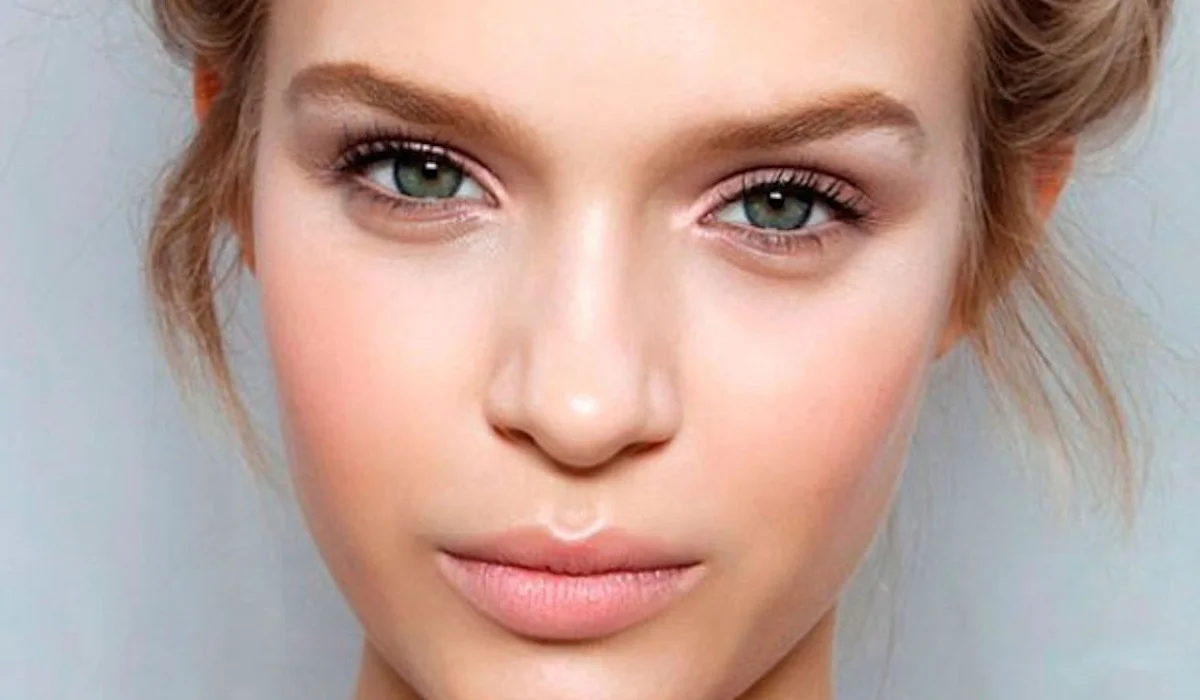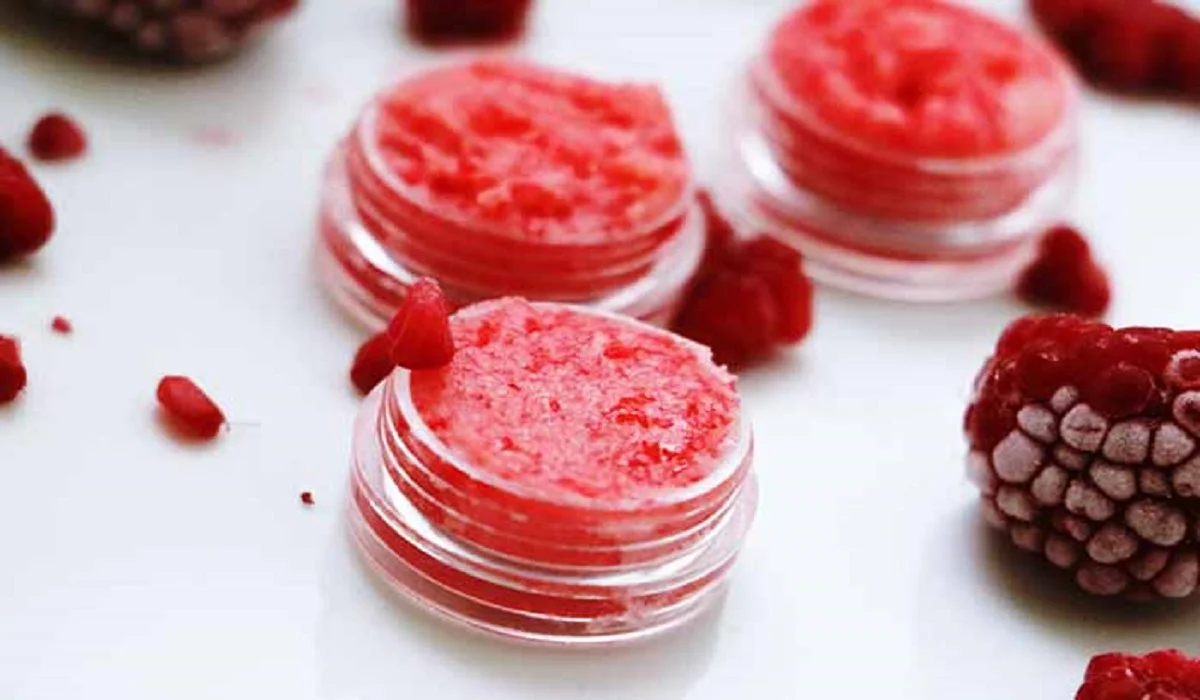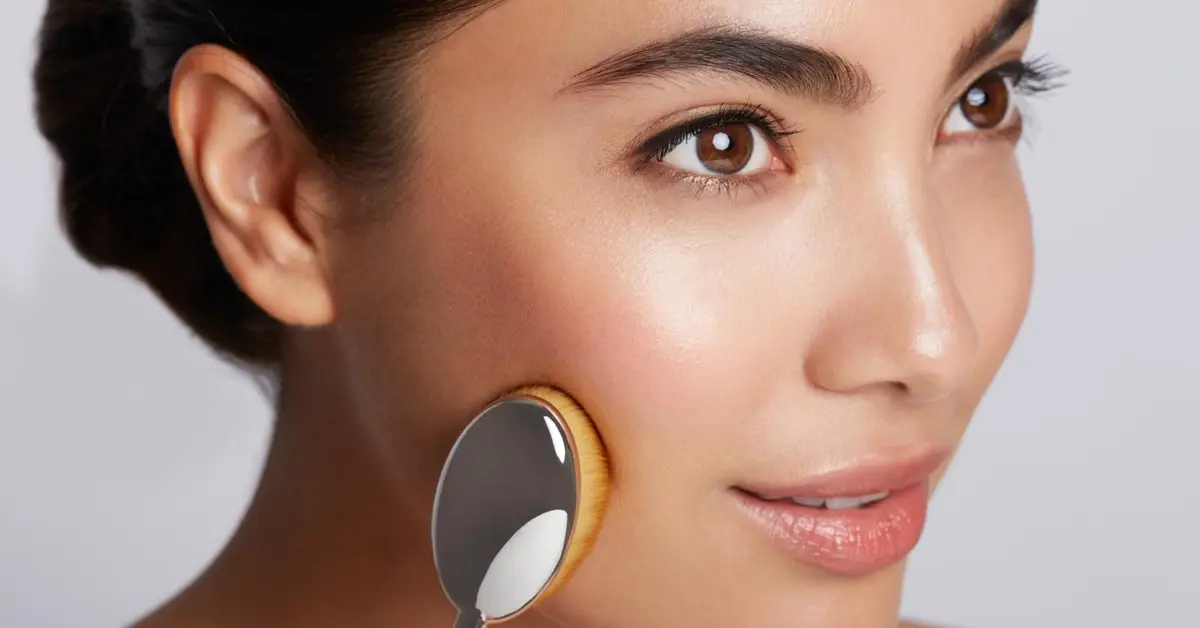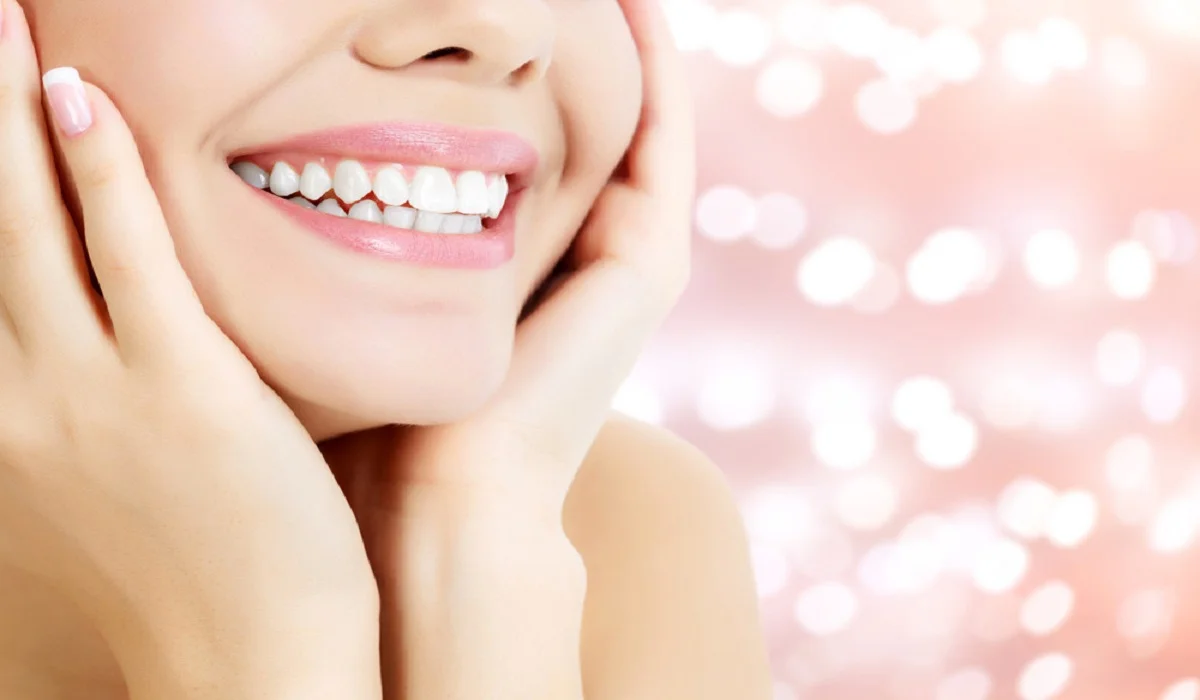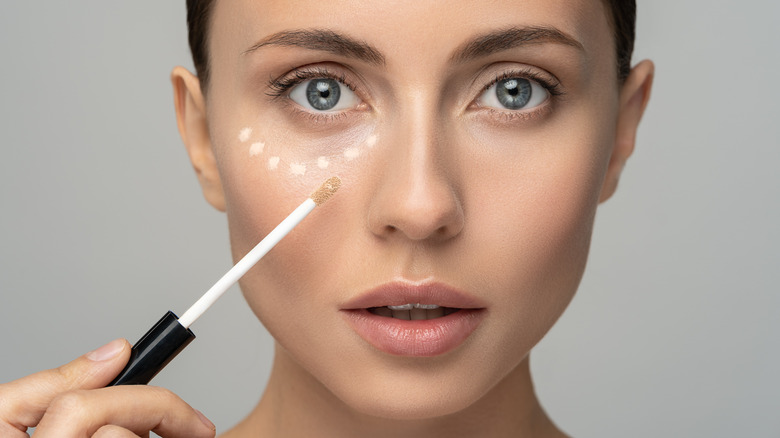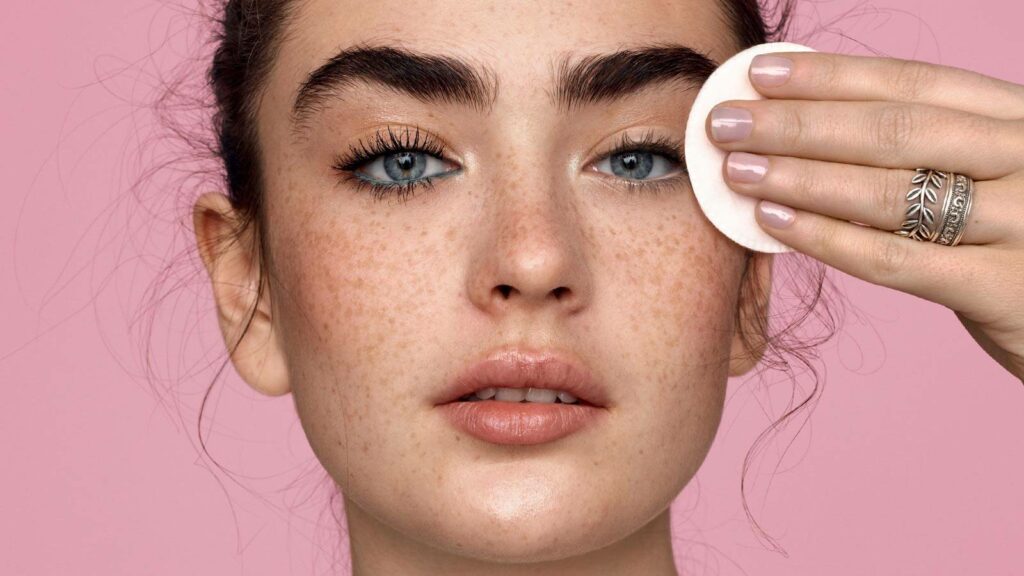
Tubing mascara has gained popularity in recent years as an innovative solution for achieving long, voluminous lashes. Unlike traditional mascaras, which rely on pigments to enhance lash appearance, tubing mascara utilizes a unique formulation that creates tiny polymer tubes around each individual lash. Not only does this provide impressive length and volume, but it also offers smudge-proof, flake-resistant, and long-lasting wear. Additionally, the removal process for tubing mascara is straightforward and gentle on the lashes. In this article, we will delve deeper into the world of tubing mascara, exploring its benefits and sharing effective techniques for its removal.
Tubing mascara is a revolutionary beauty product that offers several advantages over conventional mascaras. Its formulation contains flexible polymers that wrap around each lash, creating tube-like structures that enhance length and volume. These tubes are durable and remain intact throughout the day, resisting smudging, flaking, and smearing.
One of the key benefits of tubing mascara is its ability to provide a clean, clump-free application. The unique tubing formula ensures that each lash is individually coated, preventing clumping or the formation of spidery lashes. This allows for a more natural and defined look.
Furthermore, tubing mascara is highly resistant to water, humidity, and oil. It remains intact even in challenging conditions, making it an excellent choice for those with oily eyelids or individuals living in humid climates. Additionally, tubing mascara is a popular choice for individuals with sensitive eyes or contact lens wearers, as it is less likely to cause irritation or discomfort.
The Removal Process
Removing tubing mascara is a straightforward process that requires warm water and a gentle cleanser. Unlike traditional mascaras that may necessitate harsh rubbing or the use of oil-based removers, tubing mascara can be easily removed without causing damage to the lashes. Here’s a step-by-step guide on how to remove tubing mascara effectively:
Begin by wetting your face with warm water. Ensure the water is comfortably warm, but not hot.
Gently splash warm water onto your closed eyes, allowing the mascara to become thoroughly soaked. The warmth of the water helps loosen the tubes.
Take a small amount of a gentle cleanser, such as a mild face wash or an eye makeup remover, and apply it onto your fingertips or a cotton pad.
Close your eyes and use gentle circular motions to massage the cleanser onto your lashes, focusing on the roots and working your way towards the tips. This helps break down the tubes.
Continue massaging for approximately 30 seconds to a minute, or until you feel the mascara starting to slide off. Be careful not to tug or pull on your lashes.
Once you’re satisfied with the cleansing process, rinse your face with warm water, ensuring that all the mascara has been washed away.
Gently pat your face dry with a clean towel, being careful not to rub your eyes vigorously.
By following these steps, you can effectively remove tubing mascara without causing any harm or irritation to your lashes or the delicate eye area.
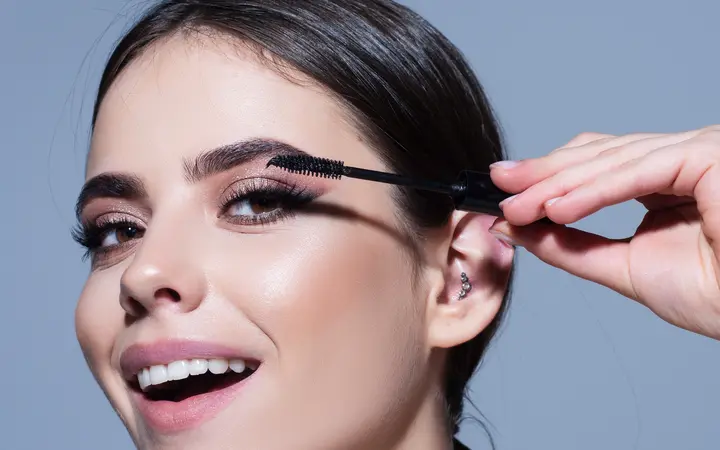
Tips and Precautions
While tubing mascara removal is generally gentle, it’s essential to keep a few tips and precautions in mind. Firstly, ensure that the water used for removal is comfortably warm, as hot water can be damaging to the delicate eye area. Secondly, choose a gentle cleanser specifically formulated for the eye area or opt for a mild face wash that won’t irritate your eyes. Additionally, avoid rubbing or pulling on your lashes aggressively, as this can lead to lash damage or loss. Instead, be patient and gentle when massaging the cleanser onto your lashes.
It’s worth mentioning that some tubing mascaras are designed to be easily removed with warm water alone, without the need for a cleanser. In such cases, you can skip the cleanser step and follow the remaining steps as outlined above. However, if you prefer to use a cleanser for a more thorough cleanse, ensure it is compatible with tubing mascara and gentle on the eyes.
If you find that there are still residual mascara tubes after rinsing, you can use a clean mascara wand or a soft, lint-free cloth to gently brush or wipe them away. It’s crucial to be gentle during this process to prevent any unnecessary lash breakage or irritation.
When it comes to choosing a tubing mascara remover, it’s advisable to opt for products that are specifically formulated for this purpose. These removers are typically oil-free and designed to effectively dissolve the polymer tubes without leaving any greasy residue behind. They can be applied using a cotton pad or a clean fingertip and gently massaged onto the lashes. Follow the product instructions for the best results.
Lastly, as with any makeup product, it’s essential to follow proper hygiene practices. Replace your tubing mascara regularly, typically every three to six months, to prevent bacterial growth and ensure optimal performance. Avoid sharing your mascara with others to minimize the risk of eye infections.



